More than a week after a catastrophic 6.3-magnitude earthquake ripped through Christchurch on Feb. 22, changes in the landscape are becoming apparent with a shift in population, economics, and of course geology.
Andrew North is a former inner city resident now temporarily residing in Timaru, a port town about 140 kilometers to the south of Christchurch with a population of less than 30,000.
North told The Epoch Times via e-mail that quake refugees are flooding into Timaru by the day, now exceeding 6,000, an increase of 1,000 from yesterday.
Visiting the welfare center at Caroline Bay, he was greeted by a gentleman called Malcolm, who checked North and his family were alright and “facilitated every request” he made.
“There were people around me in all states of total disbelief as the survivors were comparing stories—some good, some bad, and some just plain sad,” North said.
“It was good to have, after so many days, fresh food and drink. Such a delight after such a stressful week. The volunteers manning the welfare centre should be complimented for their sterling effort, tirelessly providing for the needs of the many.”
The normally sleepy town has been transformed, and locals are commenting on the change. “The main street in Timaru is such a buzz. Businesses are booming with such an influx of refugees,” North said.
He met a friend called Joan at the local supermarket who told him “it’s so nice to meet a local amongst the maddening crowd,” saying that she had never seen the place so busy.
North also caught up with an old schoolfriend, who was delighted to find him safe after the quake, he said, adding, “but the question on her lips [was] did I know anything about the rest of our class?”
In contrast, back in Christchurch, the landscape is deserted in places with scenes of devastation at ground zero.
The dwindling population of New Zealand’s second largest city, which was close to 350,000 before the quake, uses face masks for protection against the dust being raised by strong winds, threatening to dislodge loose masonry from damaged buildings.
Rescue and recovery operations are ongoing, sifting through the rubble in search of the missing dead. At last count police said the official death toll was 159 with a total of around 240 lives believed to have been claimed.
Experts warn that some bodies may never be recovered, particularly for those killed by falling buildings, and DNA tests and dental records are required, while families await news of missing relatives.
Andrew North is a former inner city resident now temporarily residing in Timaru, a port town about 140 kilometers to the south of Christchurch with a population of less than 30,000.
North told The Epoch Times via e-mail that quake refugees are flooding into Timaru by the day, now exceeding 6,000, an increase of 1,000 from yesterday.
Visiting the welfare center at Caroline Bay, he was greeted by a gentleman called Malcolm, who checked North and his family were alright and “facilitated every request” he made.
“There were people around me in all states of total disbelief as the survivors were comparing stories—some good, some bad, and some just plain sad,” North said.
“It was good to have, after so many days, fresh food and drink. Such a delight after such a stressful week. The volunteers manning the welfare centre should be complimented for their sterling effort, tirelessly providing for the needs of the many.”
The normally sleepy town has been transformed, and locals are commenting on the change. “The main street in Timaru is such a buzz. Businesses are booming with such an influx of refugees,” North said.
He met a friend called Joan at the local supermarket who told him “it’s so nice to meet a local amongst the maddening crowd,” saying that she had never seen the place so busy.
North also caught up with an old schoolfriend, who was delighted to find him safe after the quake, he said, adding, “but the question on her lips [was] did I know anything about the rest of our class?”
In contrast, back in Christchurch, the landscape is deserted in places with scenes of devastation at ground zero.
The dwindling population of New Zealand’s second largest city, which was close to 350,000 before the quake, uses face masks for protection against the dust being raised by strong winds, threatening to dislodge loose masonry from damaged buildings.
Rescue and recovery operations are ongoing, sifting through the rubble in search of the missing dead. At last count police said the official death toll was 159 with a total of around 240 lives believed to have been claimed.
Experts warn that some bodies may never be recovered, particularly for those killed by falling buildings, and DNA tests and dental records are required, while families await news of missing relatives.
Wearily, North described his travels through the city on Sunday and Monday, when he collected some personal gear from his damaged residence in the central business district, and drove through various areas to assist people.
Entering the city on Highway 1 via Hornby, North said he could hardly believe it was ever hit by a quake. But transiting through the suburb of Riccarton, the level of destruction became “blatantly obvious.”
Heading towards Bealey Avenue, a major road to the north of the CBD, there were few signs of the disaster. But at Bealey Avenue itself, “the shock and the horror of destruction at Carlton corner is so overwhelming,” North said, “seeing Knox church in its final death throes.”
As he drove further east, North said tears were in his eyes, taking in so many beautiful old houses “wrecked beyond belief, so much of Christchurch’s history gone.”
Entering the city on Highway 1 via Hornby, North said he could hardly believe it was ever hit by a quake. But transiting through the suburb of Riccarton, the level of destruction became “blatantly obvious.”
Heading towards Bealey Avenue, a major road to the north of the CBD, there were few signs of the disaster. But at Bealey Avenue itself, “the shock and the horror of destruction at Carlton corner is so overwhelming,” North said, “seeing Knox church in its final death throes.”
As he drove further east, North said tears were in his eyes, taking in so many beautiful old houses “wrecked beyond belief, so much of Christchurch’s history gone.”
Please continue to next page
Here liquefaction is apparent, waterlogged sediment that rises due to the intense shaking of a major earthquake.
North described the ripples in the road and the look of disbelief on people’s faces. Arriving at the bridge at the end of Stanmore Road, he looked right, describing the scene there as if “the earth has been torn apart by giant cat claws and become so distorted.”
The Avon river that once meandered through the city is no longer translucent, but a “milky khaki color.” Canterbury District Health Board says locals are to avoid beaches, rivers, and other waterways due to contamination by untreated sewage.
Over at Eastgate Mall, the destruction was all too obvious, despite an army of volunteers, including farmers and students, working hard to clear up the mess.
“Old buildings just blown apart, twisted, and shattered, in a surreal state,” North said. “The liquefaction becomes thicker and deeper with many piles on the side of the road. People standing there in awe of the little mountains they have built.”
Where the fault line crosses a park near Bexley, “The roadway in itself is ripped beyond belief. On turning left at the next corner, one is met with liquefaction many feet thick, with the road rippling like a Maui break,” he said.
North described the ripples in the road and the look of disbelief on people’s faces. Arriving at the bridge at the end of Stanmore Road, he looked right, describing the scene there as if “the earth has been torn apart by giant cat claws and become so distorted.”
The Avon river that once meandered through the city is no longer translucent, but a “milky khaki color.” Canterbury District Health Board says locals are to avoid beaches, rivers, and other waterways due to contamination by untreated sewage.
Over at Eastgate Mall, the destruction was all too obvious, despite an army of volunteers, including farmers and students, working hard to clear up the mess.
“Old buildings just blown apart, twisted, and shattered, in a surreal state,” North said. “The liquefaction becomes thicker and deeper with many piles on the side of the road. People standing there in awe of the little mountains they have built.”
Where the fault line crosses a park near Bexley, “The roadway in itself is ripped beyond belief. On turning left at the next corner, one is met with liquefaction many feet thick, with the road rippling like a Maui break,” he said.
“There are potholes as big as a wheelie bin and with ripples about 4 yards high—driving was a nightmare. But the thing that struck me the most was the patience and the courtesy of the people around me that made the journey so worthwhile.”
While New Zealanders strive to return to normality, the cost of the quake could hit hard, with Finance Minister Bill English saying the quake will definitely affect growth.
The nation’s farm-based economy decreased by 0.2 percent when the September 2010 quake hit Canterbury, and economists estimate Christchurch accounts for around 15 percent of New Zealand’s economy with a damage bill of up to NZ$16 billion, according to the Australian Associated Press.
While New Zealanders strive to return to normality, the cost of the quake could hit hard, with Finance Minister Bill English saying the quake will definitely affect growth.
The nation’s farm-based economy decreased by 0.2 percent when the September 2010 quake hit Canterbury, and economists estimate Christchurch accounts for around 15 percent of New Zealand’s economy with a damage bill of up to NZ$16 billion, according to the Australian Associated Press.
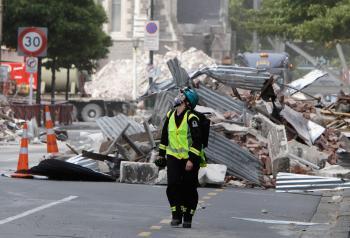
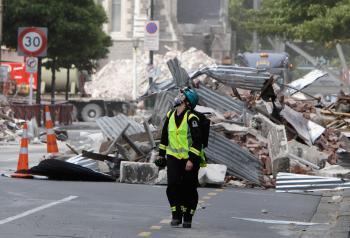
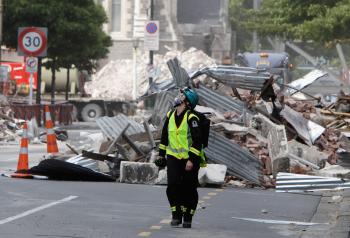
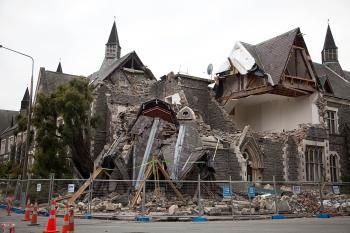
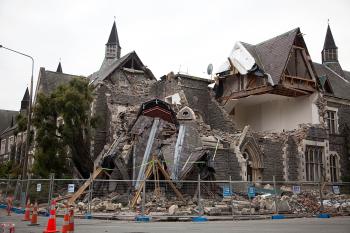
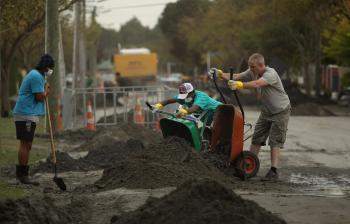
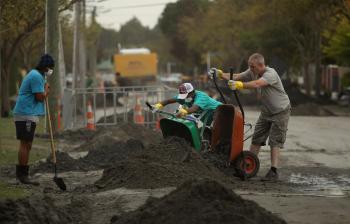
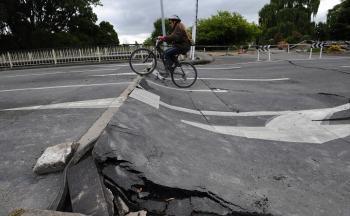
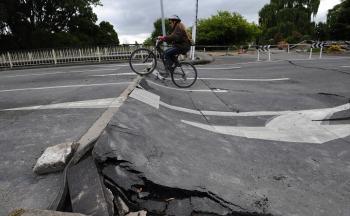
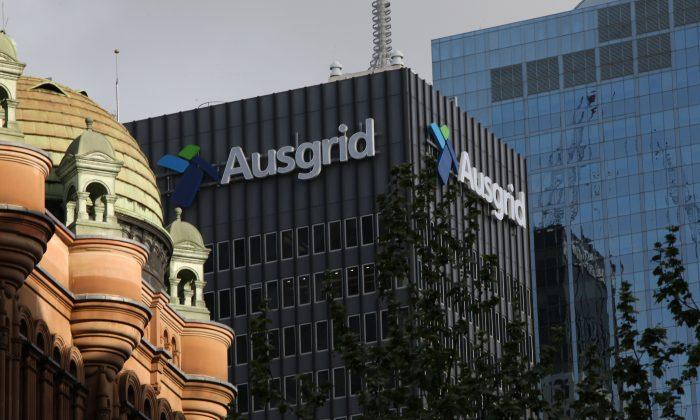



Friends Read Free